Before seeing 'Oppenheimer,' learn about Detroit's involvement with the atomic bomb
- Oops!Something went wrong.Please try again later.
- Oops!Something went wrong.Please try again later.
Detroit is part of the history behind one of 2023’s most hotly anticipated films, “Oppenheimer,” which opens this weekend. It tells the story of J. Robert Oppenheimer and his role in the creation of The Manhattan Project, which designed the atomic bomb during World War II — but when the project was developing, Detroit and Chrysler were in the mix, too, as well as a cookware company that left uranium contamination in southwest Detroit.
The National Museum of Nuclear History states that in 1943, Manhattan Project leader Gen. Leslie Groves awarded Detroit’s Chrysler Corp. a $75 million contract to build diffusers — large, cylinder-shaped metal containers made to enclose barrier material separating uranium isotopes.
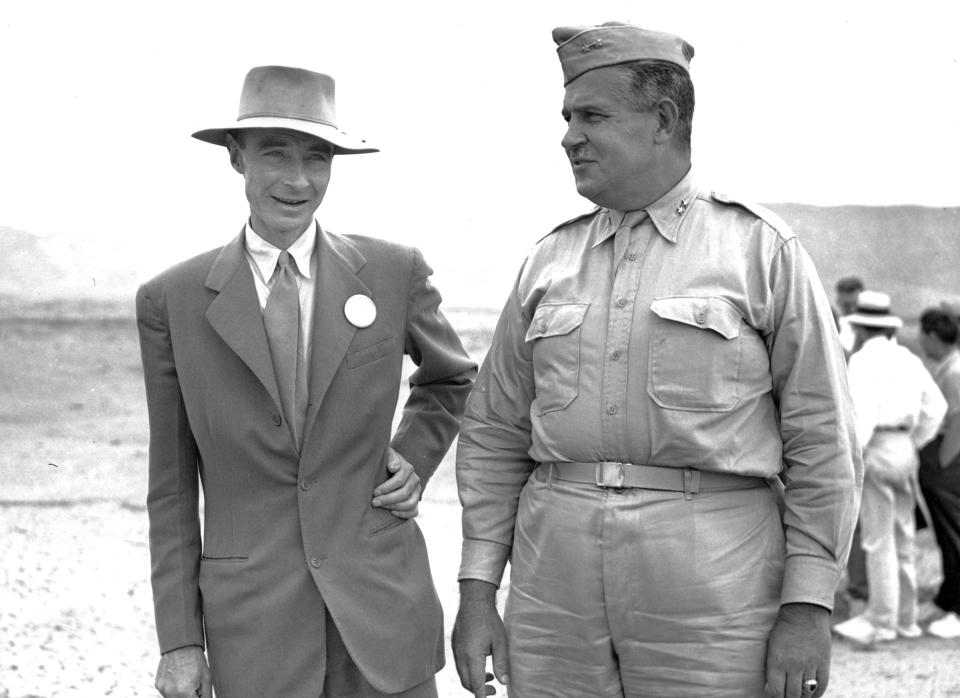
This process supported work being done at Oak Ridge, Tennessee’s K-25 plant, where the diffusion process took place in order to produce enriched uranium.
More: Michigan has 2 of America's 19 true IMAX film theaters showing 'Oppenheimer'
“Project X-100,” as it was called, took place in Chrysler’s old Lynch Road factory in Detroit, with executives setting up offices downtown at 1525 Woodward Ave. to manage the top-secret effort. The Lynch Road facility employed several thousand workers and detailed work such as drilling around 50 million holes into end pieces.
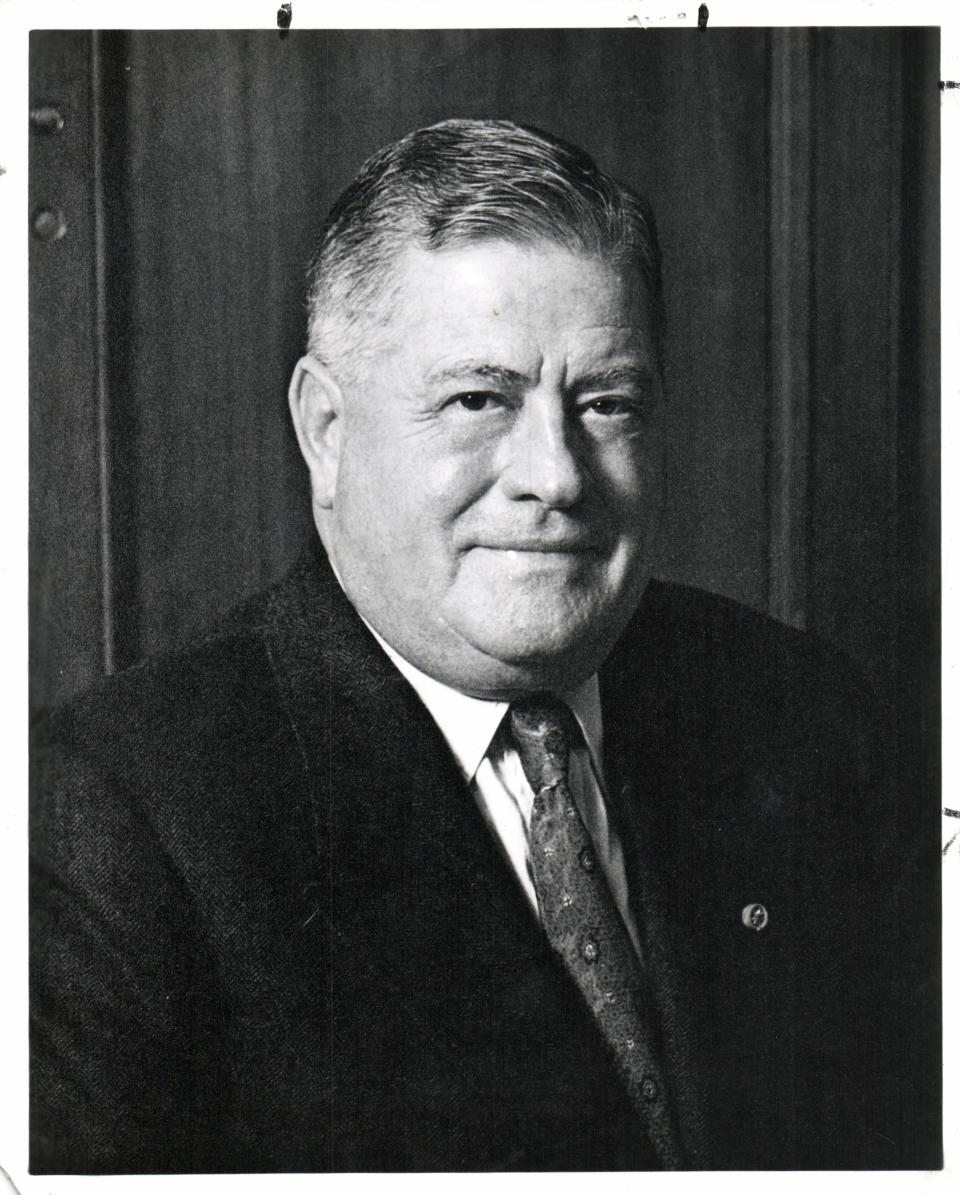
In a 1965 interview, Chrysler president K. T. Keller described the Lynch Road process: “Take the raw cylinders, machine them, plate them, put in the heads, put in the barrier tubes, seal them tight on the ends, put in the end pieces, weld it all together, test it for leaks.”
More than a thousand carloads carrying more than 3,500 diffusers were delivered to Oak Ridge by the war’s end. The diffusers were kept in operation there into the 1980s.
Gen. Groves wrote a letter to Keller thanking him for his work, saying “No one outside the K-25 portion of the project can ever know how much we depended on you and how well you performed. Those of us who do know will never forget how important your work was and how well you did it.”
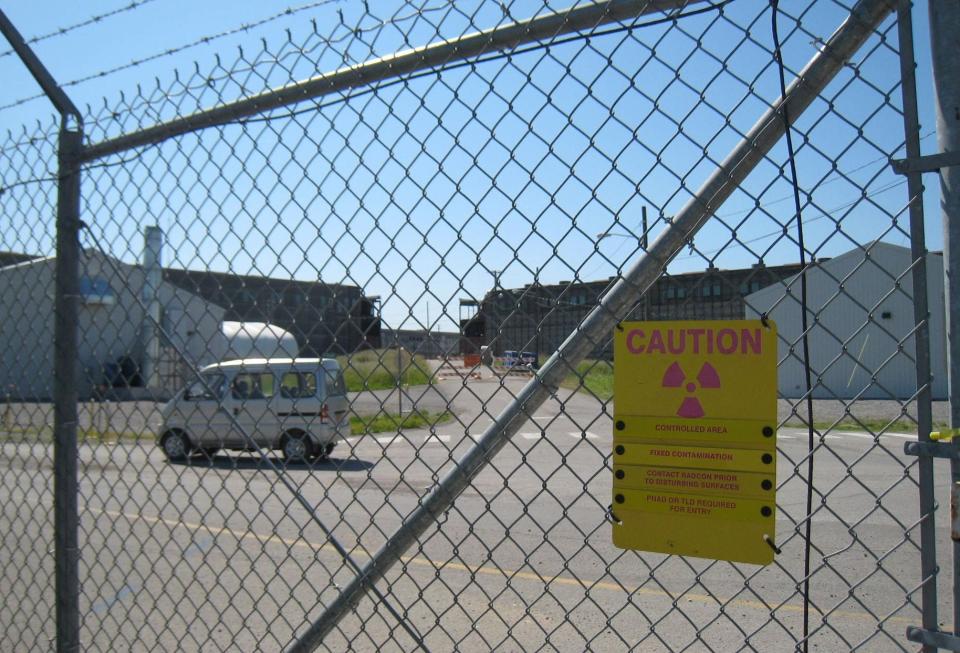
Revere Copper and Brass
Early American patriot and silversmith Paul Revere — yes, that Paul Revere — started a copper foundry after the Revolutionary War, eventually founding Revere Copper in Massachusetts. Still successful in the 20th century, the name was changed to Revere Copper and Brass and the company sold high-quality cookware. During World War II, it switched operations and became an avionics, weapons and electronics facility.
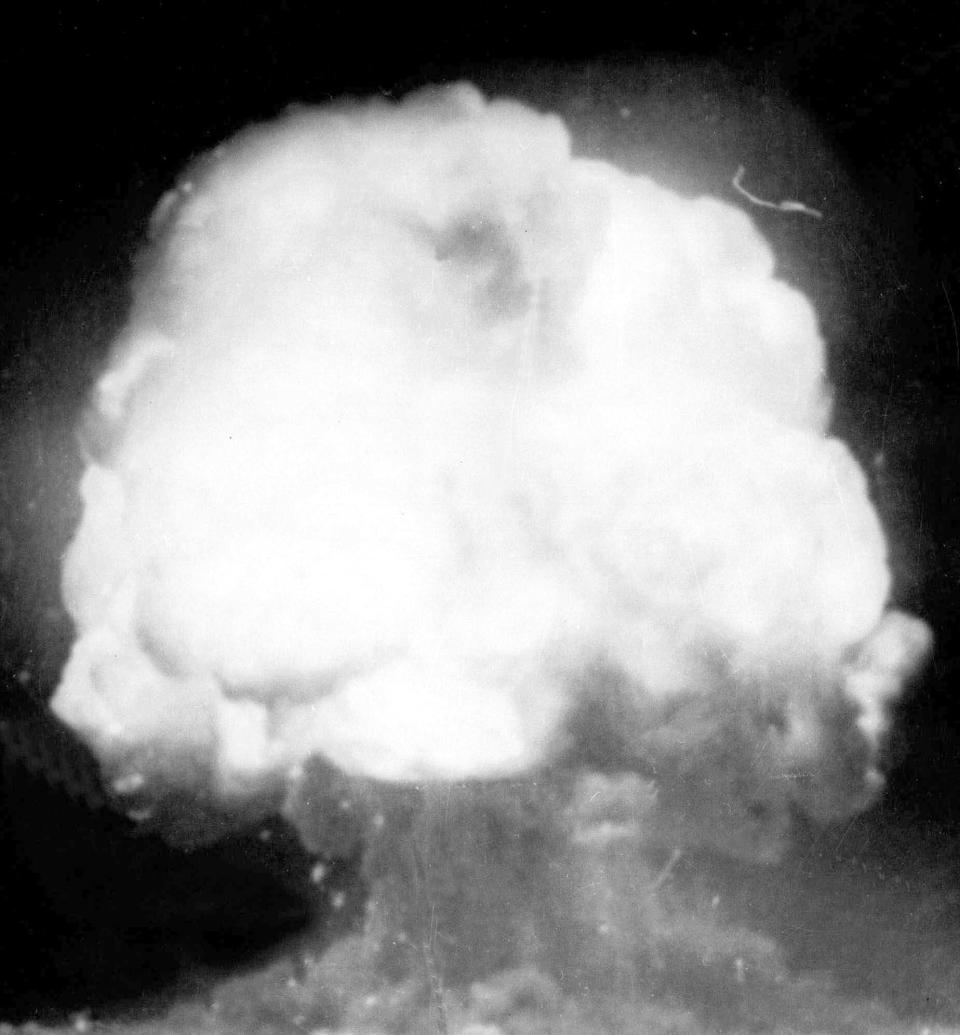
From 1946 to 1950, it became a beryllium factory, making uranium rods and beryllium ingots, alloys and billets for the Atomic Energy Commission. According to the Windsor Star, the plant was closed in 1984 and demolished in 1989. Studies conducted in 1981 and 1990 found no significant traces of radium, but a 2011 property evaluation by the U.S. National Institute for Occupational Safety and Health noted “potential … for significant residual radiation.”
Today, the property is classified as a low-level uranium site. In 2019, part of the site collapsed into the Detroit River, but regional health risks were considered very low.
More: Uranium-contaminated site in Detroit was part of Manhattan Project
More: Uranium in Detroit River: 7 things to know after partial collapse at Detroit Bulk Storage
More Detroit connection to the Manhattan Project
Other metro Detroit companies were involved with atomic bomb production, as well. Parts for the Little Boy bomb destined for Hiroshima were manufactured at Expert Die and Tool in Hamtramck and the Naval Ordinance Plant in Centerline, along with another plant in Washington, D.C.
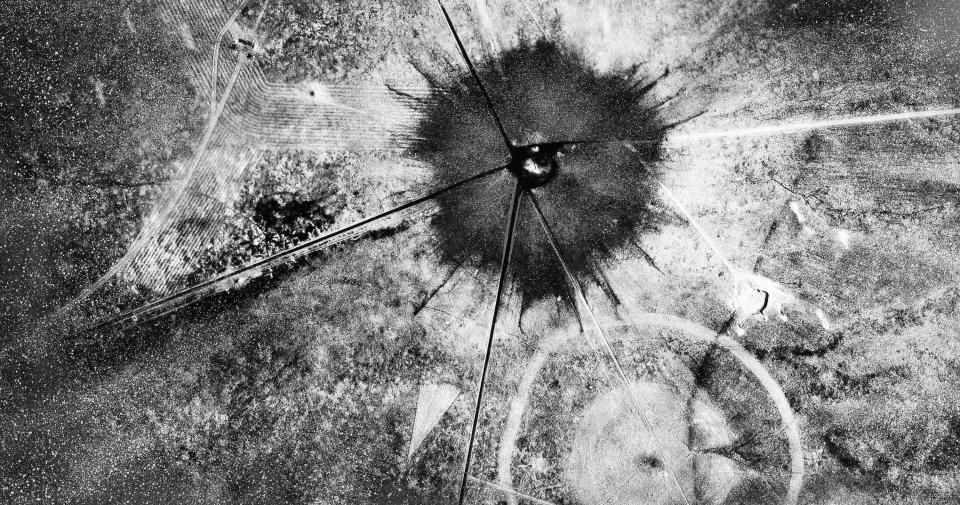
Roger Meade, a retired archivist for Los Alamos National Laboratory, told WDET-FM (101.9) in 2016 that Detroit was an ideal site for the Manhattan Project because "it was a huge labor pool for skilled labor, particularly machinists and draftsman … and some of it was just the capacity to work on large pieces of steel.” Meade also said Michigan played a role in manufacturing Fat Man, the bomb dropped on Nagasaki.
Micah Walker contributed to this story.
This article originally appeared on Detroit Free Press: 'Oppenheimer's Manhattan Project had ties to Detroit, Michigan

